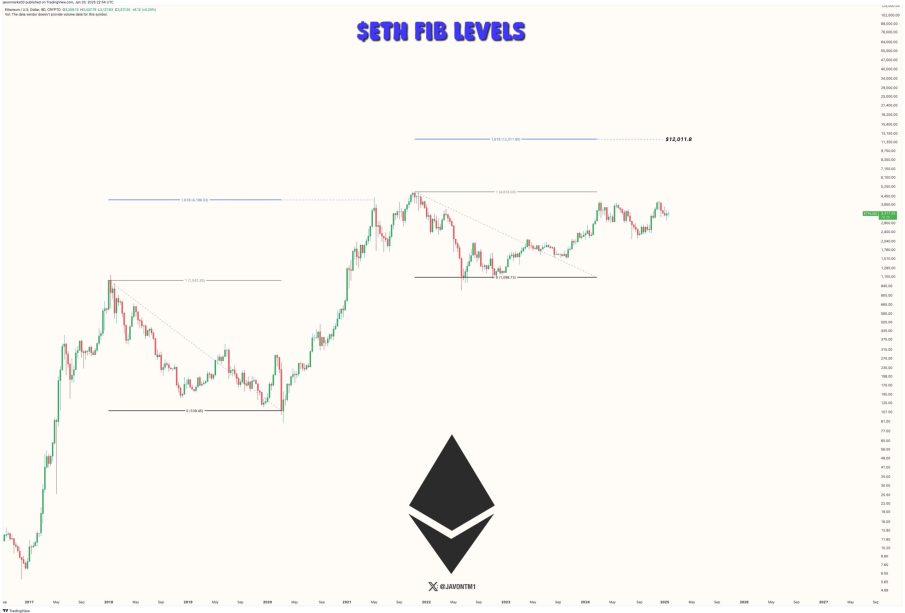The Importance and Future of Ethereum in Blockchain Technology

Introduction to Ethereum
Ethereum has emerged as a pivotal player in the world of blockchain technology and cryptocurrencies. Launched in 2015 by Vitalik Buterin and a team of developers, Ethereum revolutionised the standard for smart contracts and decentralised applications (dApps). With its native cryptocurrency, Ether (ETH), Ethereum not only facilitates transactions but also enables developers to build and deploy applications on its blockchain. The growing relevance of Ethereum in the sphere of digital finance makes it essential to understand its function and future impacts.
Recent Developments
In recent months, Ethereum has garnered significant attention due to the ongoing transition from its original proof-of-work (PoW) consensus mechanism to proof-of-stake (PoS), a pivotal change completed in September 2022, known as ‘The Merge’. This transition has aimed to enhance the network’s scalability, efficiency, and sustainability. The upgrade significantly reduced Ethereum’s energy consumption by approximately 99.95%, addressing some of the environmental concerns associated with cryptocurrency mining.
Moreover, Ethereum continues to serve as the backbone for innovations in the DeFi (Decentralised Finance) space and NFTs (Non-Fungible Tokens). Over the last year, the total value locked (TVL) in DeFi protocols on Ethereum exceeded $50 billion, reflecting the platform’s growing adoption and the burgeoning demand for decentralised financial services. In the NFT sector, Ethereum remains dominant, powering many of the most popular and valuable digital assets sold to date.
Challenges Ahead
Despite its success, Ethereum faces challenges that could affect its trajectory. Scalability remains an ongoing issue, especially with an increasing number of users and transactions. The development of Layer 2 solutions like Optimism and Arbitrum aims to address this by providing faster and cheaper transaction options. Additionally, competition from other layer-1 blockchains such as Solana and Cardano poses a threat as they offer higher throughput and lower fees.
Conclusion and Future Outlook
As Ethereum continues to evolve, its role in the blockchain ecosystem appears more influential than ever. The successful implementation of the PoS mechanism marks a significant milestone, but ongoing scalability solutions and innovations will determine its long-term viability. For investors and users alike, understanding Ethereum’s development and potential future challenges is vital. With its extensive ecosystem, Ethereum is poised to play a crucial role in shaping the future of decentralised applications and services, cementing its status as a cornerstone of blockchain technology.









